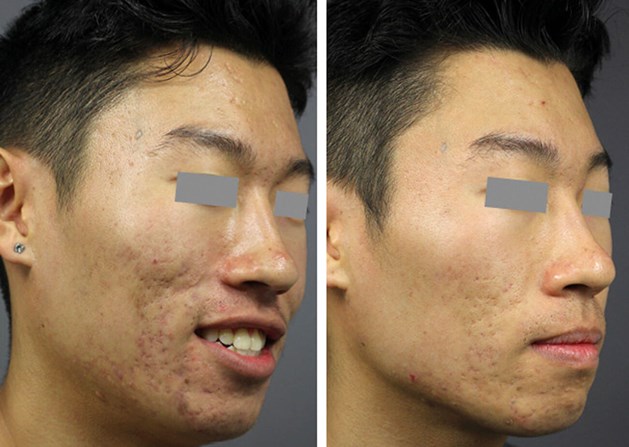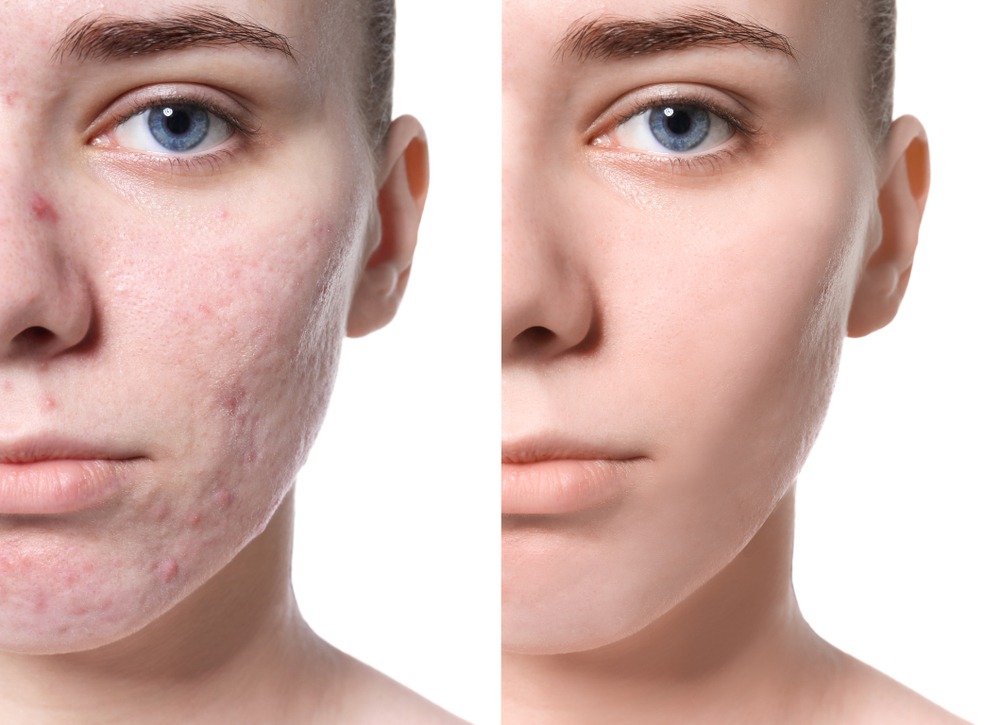Exactly How to Treat Acne Scars: Proven Approaches for a Perfect Complexion
Exactly How to Treat Acne Scars: Proven Approaches for a Perfect Complexion
Blog Article
Checking Out Skin Problems: Identifying and Treating Acne Scars for Healthier Skin
Acne marks stand for a substantial worry for individuals seeking to maintain healthy and balanced skin, as they can influence both look and self-worth. Recognizing the different types of scars, from atrophic to hypertrophic, is essential for establishing ideal therapy choices.
Understanding Acne Marks

The body's natural recovery procedure can result in either atrophic scars, which look like depressions in the skin, or hypertrophic marks, which are elevated and result from overflow of collagen. Additionally, the mental toll of acne marks need to not be taken too lightly; lots of people report feelings of shame, anxiousness, and reduced self-confidence. This psychological burden can affect social interactions and general lifestyle.
Addressing acne scars needs a detailed understanding of their development and influence. Recognition of the potential for long-term consequences connected with neglected scars can inspire individuals to seek proper therapies. Early treatment and efficient administration methods can dramatically boost skin look and improve emotional resilience, emphasizing the significance of understanding the complexities surrounding acne marks.
Kinds of Acne Marks
Acne scars can be categorized into distinct kinds, each showing special features and calling for certain treatment methods. acne treatment for sensitive skin. The primary types of acne marks consist of atrophic, hypertrophic, and keloid scars

Hypertrophic scars, on the other hand, are increased above the skin degree and are the result of too much collagen production throughout the recovery process. They typically stay within the borders of the original acne lesion. Keloid marks are comparable but prolong beyond the original injury website, forming bigger, elevated areas that can be excruciating or itchy.
Recognizing these kinds of scars is essential for choosing ideal treatment alternatives. Various marks might react far better to particular treatments, such as laser therapies, fillers, or medical interventions, emphasizing the relevance of a customized strategy to acne mark management.
Determining Your Scars
When reviewing the appearance of your skin, it is critical to precisely recognize the type of marks present, as this will certainly inform the most reliable treatment method. Acne marks typically fall under two groups: atrophic and hypertrophic marks. Atrophic scars, which are the most usual, appear look at these guys as anxieties or impressions on the skin. These can better be categorized right into ice-pick marks, boxcar scars, and rolling scars, each displaying distinctive qualities and needing various approaches for evaluation.
Hypertrophic scars, on the other hand, are increased and take place as a result of too much collagen production during the healing process. Recognizing the particular functions of your marks-- such as size, deepness, and structure-- is vital for appropriate recognition (acne and acne scars treatment). Additionally, think about the distribution of scars across your skin, as this can indicate the severity and period of the acne problem
Involving with a skin doctor can give useful understandings into the nature of your scars, aiding in the distinction in between different types. A comprehensive understanding of your scars will inevitably bring about an extra customized and efficient treatment strategy, making certain acne and acne scars treatment a more clear and healthier skin.
Therapy Choices Offered
Determining the specific sort of acne scars present on your skin prepares for checking out effective treatment alternatives. Typical types of acne marks consist of atrophic (depressed), hypertrophic (raised), and post-inflammatory erythema.
For atrophic marks, choices such as chemical peels, microneedling, and laser resurfacing are widely made use of. Chemical peels off utilize acids to remove the external layer of skin, promoting brand-new cell development. Microneedling entails tiny needles that develop micro-injuries, stimulating collagen production. Laser resurfacing targets damaged skin cells, enhancing texture and tone.
Hypertrophic scars can be treated with corticosteroid shots to flatten the mark or laser therapy to minimize redness and enhance appearance. Silicone gel sheets and pressure dressings might also help in managing increased marks.
Additionally, facial fillers can temporarily complete depressions from atrophic scars, while medical excision might be suitable for extreme cases. Each treatment option has its considerations and benefits, making it vital to consult with a dermatologist. They can offer tailored recommendations based on the type and intensity of your marks, as well as your skin type and general wellness.
Tips for Avoidance
Effective prevention methods can dramatically reduce the possibility of establishing acne marks. The initial action is to maintain a consistent skincare routine that includes mild cleaning, peeling, and hydrating. Making use you can look here of non-comedogenic items aids prevent clogged pores, which can intensify acne. Furthermore, integrating topical therapies consisting of salicylic acid or benzoyl peroxide can properly manage breakouts and reduce inflammation.
Staying clear of need to select or pop acne lesions is crucial, as this can lead to much deeper skin damages and boost the danger of scarring. Instead, consider using a cool compress or over-the-counter therapies to reduce swelling and soreness.
Sun security is another important aspect of prevention; ultraviolet (UV) rays can darken marks and prevent the healing process. Applying a broad-spectrum sun block with at least SPF 30 daily can secure the skin and advertise also healing.
Last but not least, preserving a well balanced diet plan abundant in vitamins, minerals, and antioxidants supports skin health and wellness and recovery. Remaining hydrated and managing stress and anxiety levels can likewise play a considerable role in lowering acne flare-ups. By implementing these techniques, individuals can significantly reduce their possibilities of creating acne marks.
Conclusion
In final thought, understanding and determining acne marks is important for efficient therapy and attaining healthier skin. Different types of acne marks, including hypertrophic and atrophic marks, necessitate particular treatments tailored to specific demands.
The body's all-natural healing procedure can result in either atrophic marks, which show up as depressions in the skin, or hypertrophic marks, which are increased and result from overflow of collagen. They are additional separated into 3 subtypes: ice pick scars, boxcar scars, and rolling scars. Acne marks generally drop right into 2 groups: atrophic and hypertrophic scars. These can further be classified right into ice-pick marks, boxcar marks, and rolling scars, each showing unique qualities and requiring various methods for analysis.
Numerous types of acne marks, consisting of atrophic and hypertrophic scars, necessitate details treatments tailored to individual requirements.
Report this page